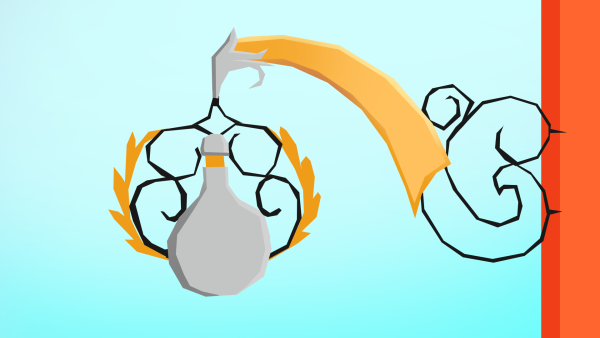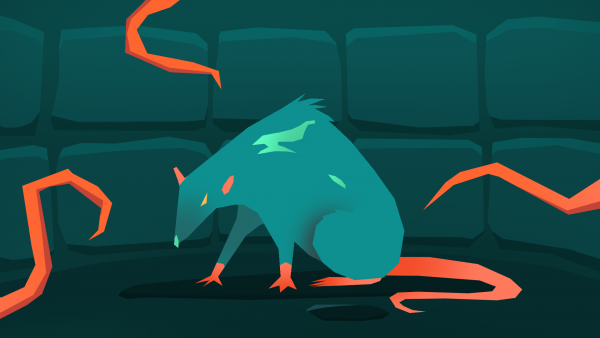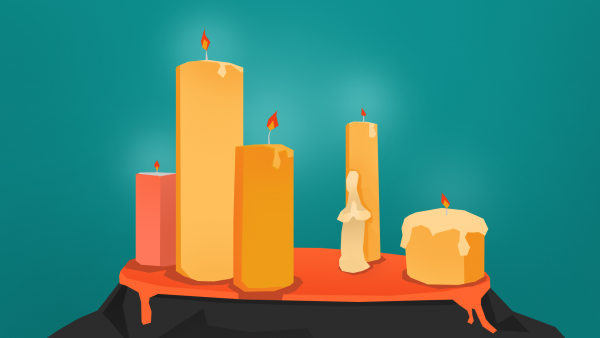Having a few original plants created for your world can bring massive improvements to the perceived realism and depth of your worldbuilding. Let’s take a look at how you can create some vegetation!
Plants can serve several purposes in your world. The majority of them will serve as important parts in various ecosystems, and they can be harvested by intelligent species for food, medical treatments, creating clothes, dyes, and a variety of other purposes. In the more meta sense, having a couple original plans in your stories will bring a sense of depth to your world. In some stories, they can even serve in major plot points, for example as poisons.
They are also going to serve as food for the animals in your world. I’ve already covered Creating Fantasy Animals in another article, so check that out if you’re struggling with fauna. Intelligent species, such as humans, can grow these plants and use them to tame or even domesticate animals. This can in turn bring around massive improvements to the civilization’s technology level.
Earth hosts around 400 000 species of plants. Your world, if it has similar living conditions to our planet, will have around a similar number or species. Obviously, you wouldn’t be able to ever create so many. However, I would suggest creating at least one or two of each of the main plant types for every major location you’re worldbuilding, in order to shape out the environment a bit.
Let’s take a look at what goes into worldbuilding fantasy vegetation!
Plant type
There are several ways of dividing plants when worldbuilding. The first factor is the plant’s relation to the intelligent species in the area. A plant can be native (growing naturally in the environment), agricultural (used by the intelligent species for farming), or horticultural (used by the intelligent species as decorations, for example in gardens). As a subtype of the native plants, consider weeds, which are invasive species, usually causing direct or indirect issues for the native vegetation. Deciding which of these types your new plant will be will help you figure out the relationship with the intelligent species around it.
Another, perhaps more obvious, classification in type is the general category of the plant. Your new plant can be a conifer or a deciduous tree, a bush, a flower, a grass species, or a mushroom (not really plants, but let’s include them here anyway). Generally, I would recommend creating a few trees, flowers, and mushrooms, as those types will be the more noticeable in your world, and will probably have the largest impact on the details of your storytelling.
Plant name(s)
Depending on how many cultures interact with a given plant, and over how much time, you might need to come up with several different names. However, for organizational purposes, I would recommend you come up with one “main” name for a plant, and then several alternatives, if you need them. In your notes, call the plant by its main name. This will help you not get lost in various naming conventions as you worldbuild more and more vegetation.
When it comes to coming up with the name itself, you can get fairly creative. Names of plants are often derived from a characteristic the plant has, its location of growth, or its general use in a given culture. Consider what would the most important or striking part of the plant be for the culture that’s naming it, and come up with the name based on that. For example, lettuce is named for the white milk-like sap inside (scientific name Lactuca, lac meaning milk).
Alternatively, plants can be named after less-obvious aspects of them, for example, myths surrounding them. Cultures that are heavily religious will name plants after their gods and religious stories. Besides larger myths such as those, plants can be named after simple, local stories. For example, one of the possible origins of the common name for forget-me-nots is a story about two lovers, in which a man gives these flowers to his partner, but eventually is swept away by a river. In his last words, he tells his lover not to forget him.
In naming plants, you can really play around with various different concepts. Depending on the culture that is naming the plant in your lore, you can showcase the values important to that culture, or simply insert a bit of detail that will help bring your world alive.
Describing a plant
After deciding on the type and the name of your plant, it’s time to write the actual description. In this part of the process, you will make all of the decisions that will make your plant unique. Try to describe what the plant looks like, in what environment it thrives, how long it lives, and its reproduction cycle. If the species has any usage for cultures around it, include that in its description. Make sure to mention how it fits into the ecosystem around it, if you already have the other parts of it figured out – if not, keep this plant’s existence in mind while creating other plants and animals in the same environment.
Personally, I would recommend finding an atlas of herbs and spending an hour or two just browsing through it, reading the descriptions of real-world plants. It will help you get a feel for how plants are described and maybe also give you a bit of inspiration in the process. The world is full of different, unique vegetation, and you can (and often should) look at it for inspiration for your worldbuilding.
The descriptions are going to differ significantly according to the plant type you’ve chosen before. To give you some inspiration, let me talk about one example for each of the major types from my fantasy world, Eledris.
Tree (conifer)
The Krum Fir is a native to the Krüor region. It grows up to 40 meters and can live up to 150 years. The Krum Fir has thin, scaly bark, a narrow trunk with a cylindrical shape, ending in a high treetop.
It has thin needles, mostly dark green in color. The cones open up in spring.
It can withstand freezing winters and relatively hot summers.
The Krum Fir is used in some parks and gardens as decoration – as the tree can thrive in a variety of environments, its seeds can be planted even in climates unnatural for it, like cities and near-sea areas.
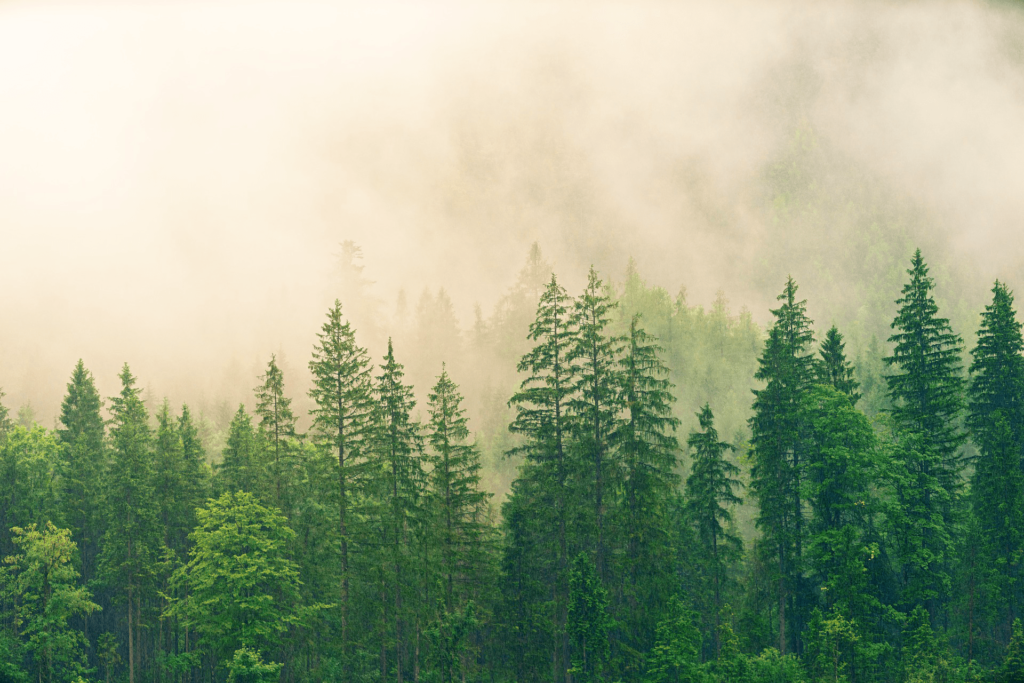
Tree (deciduous)
The Tree of Healing is native to the Elven Forests. It is a small tree, only reaching about 10 meters. In four years after reaching adulthood, the tree can hold apples, under the right circumstances. These apples, if correctly processed, can work as a healing ointment, mending cuts, and preventing infection.
The Tree of Healing can live up to 30 years, which means that the apples are produced for only about 8 years in the tree’s life.
This tree is heavily sought after, because of its healing abilities. However, it cannot survive radical changes in its environment and as the Elven forests are mostly destroyed or inaccessible, the apples are very rare at this point in time.
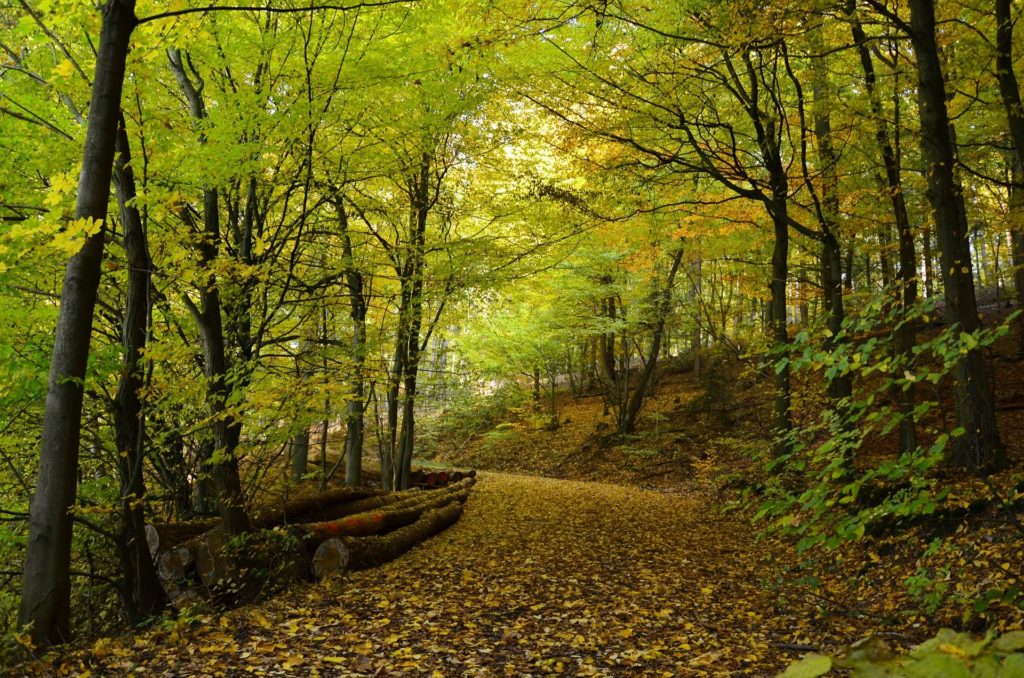
Flower
The Hunter’s Blessing is a large flower, reaching heights of 2 meters. It grows mostly on hunting grounds, as the heavy presence of animals helps the flower to reach its ideal conditions, blooming approximately a year after the seeds are planted, striking a deep blue color with six smaller leaves.
It is often used by skilled hunters to arrange meetings and send messages, as the flower’s stem includes patterns unique to its growing place – trained hunters can cut off one of the flowers, and another hunter could, by reading the stem, determine the particular location where it was cut off.
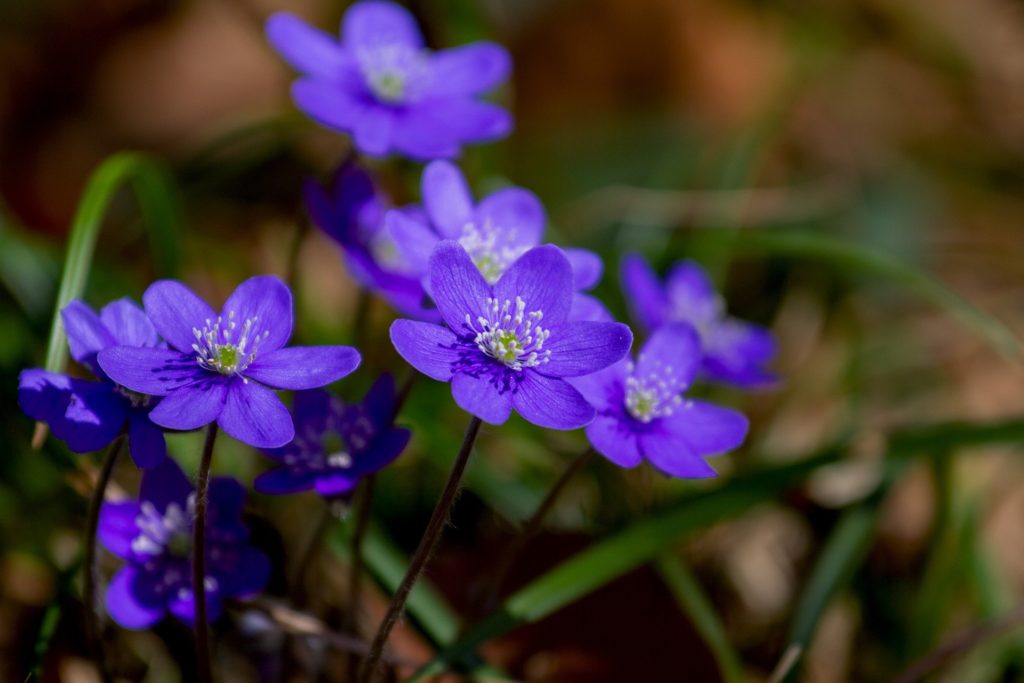
Mushroom
The Hog’s Family is a mushroom growing in clusters of five. The largest of the so-called family is often called the male, or the father. This mushroom is responsible for distributing supplies to the whole family, while the second largest, the mother, creates new offspring that are released in the form of airborne spores as soon as the family dies. The mother always dies last, as the father always prefers to supply her with water and other nutrients before all the other family members. The three smaller individuals simply gather said nutrients from the ground.
Most often, the Hog’s Family has a light brown color, with tens of small spikes growing out of every member. These spikes protect the family from potential predators, such as squirrels and similar forest life.
The cluster of mushrooms grows on rocky foundations in forests.
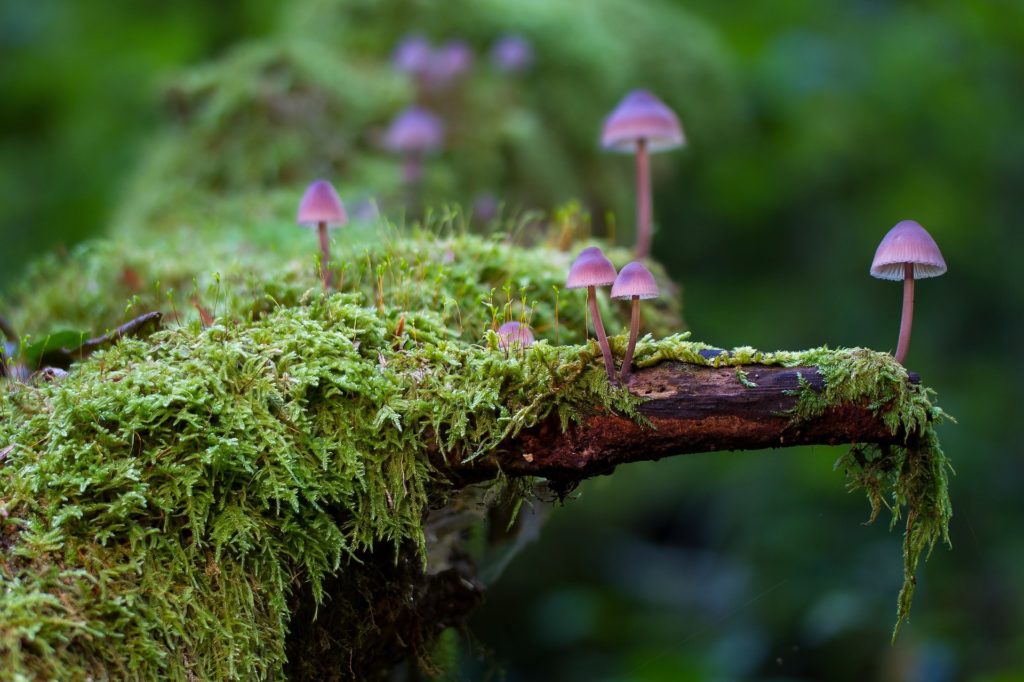
I hope these few examples will give you some inspiration for writing your own descriptions of plants. Make sure to check out some atlases from your local library or online – it really does help a lot to read up on how real-world plants are described.
Furthermore, I’ve prepared a checklist for creating your fantasy plants. You can access it in the Exclusive Resources library along with a ton of other worksheets when you sign up for the Eledris newsletter.
Eledris Newsletter
Inspiration
There are plenty of ways you can get inspiration for your original plans when worldbuilding fantasy vegetation. One of the ways I’ve already mentioned – grab an atlast of herbs and start looking through some descriptions. The sheer amount of species on Earth is going to provide a lot of the inspiration you need for the basis of a lot of your plants.
You can also take inspiration from other worldbuilders (without outright stealing their ideas, of course). Go ask around in some worldbuilding Discord servers or subreddits. Alternatively, I’ve also been putting together a Pinterest board full of illustrations of fantasy vegation of all kind. You can check the board out using this link. Feel free to DM me on Pinterest if you find any pins that you think I should add to the board.
If you have any questions, comments, or if you’d just like to tell me about some of your plants, let me know over email at tadeas@eledris.com! I’d love to hear what you’ve created.
